This section covers the plant health problems caused by abiotic (non-living) factors. These include disorders or injuries such as frost damage (cold injury), nutritional deficiencies, drought stress, flooding/excess water, herbicide injury, and mechanical damage.
How can we identify problems caused by abiotic factors?
Continuous observation or scouting can help to identify plant problems caused by abiotic factors. Three general rules can help to narrow down the problem towards abiotic cause:
- The problem exhibits a uniform pattern of damage over a large area or within a plant
- The problem appears in a high percentage of plants or field all at once
- The problem shows no further development over time
Select a Host below:
or create your own search:
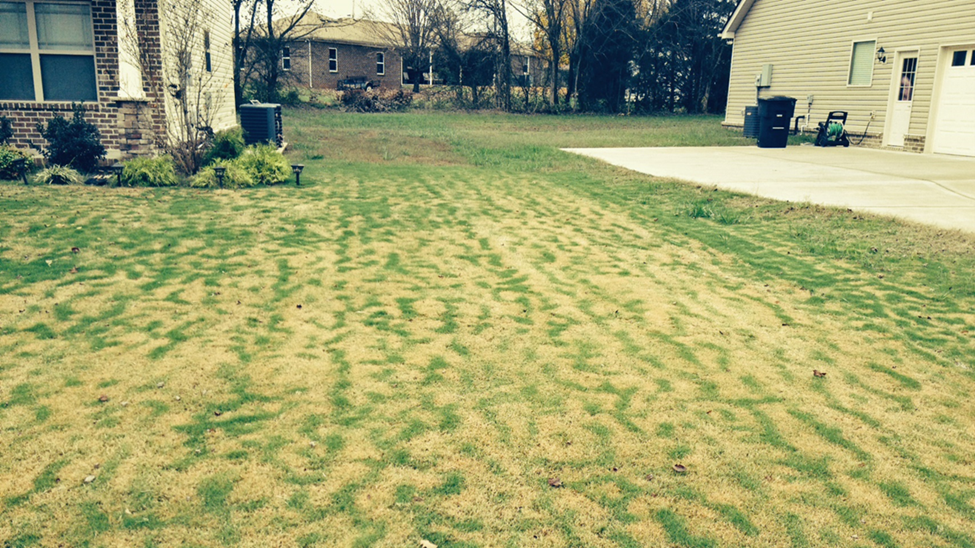
Bermudagrass Frost Damage
Host: Bermudagrass
Problem: Frost damage
Diagnostic Features:
Tiger or Zebra stripes caused by frost damage. These stripes form due to temperature differences within the grass blades and/or soil.
Image credit: Alan Windham, Professor Emeritus, University of Tennessee
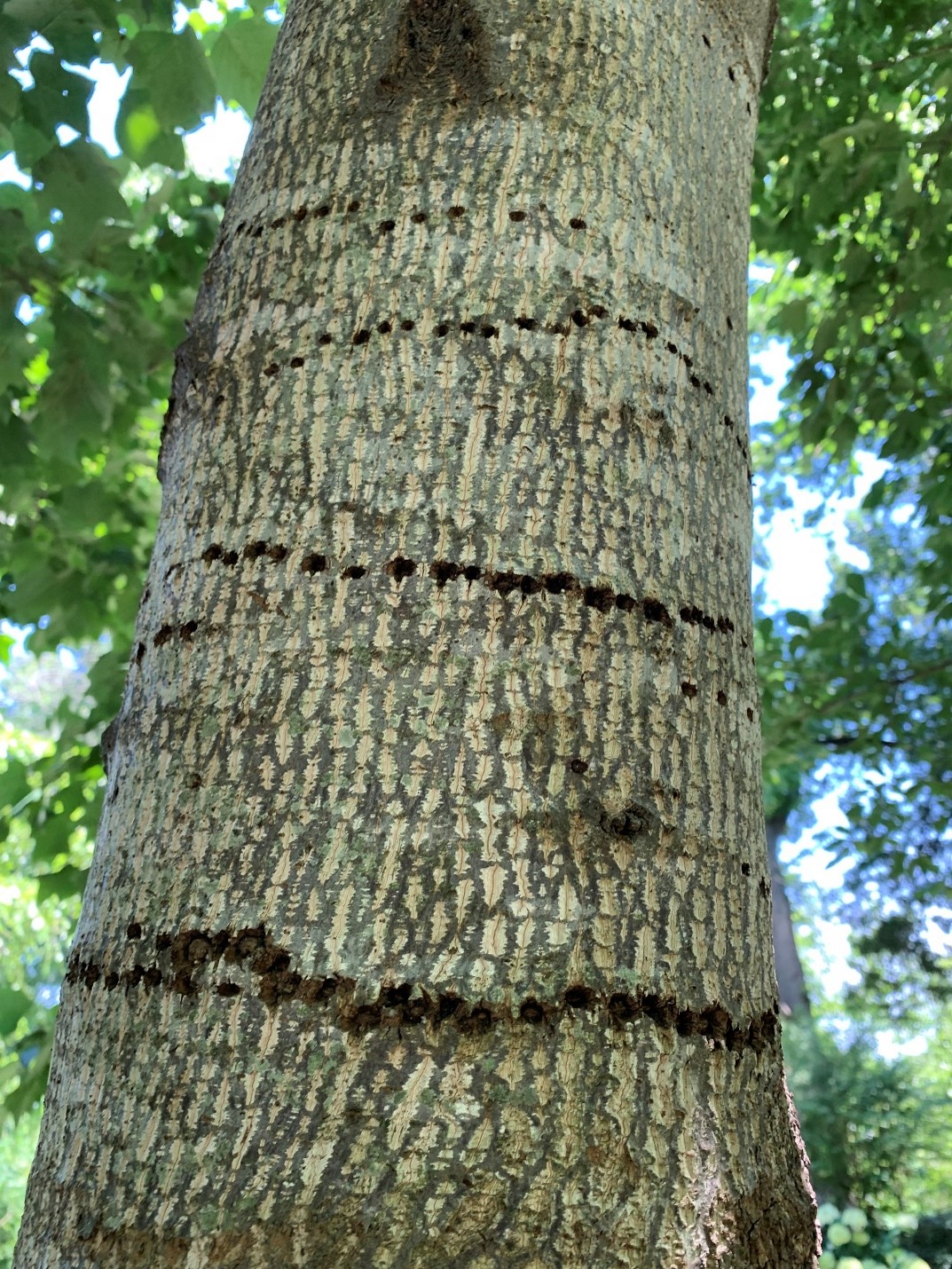
Tulip popular Sapsucker damage
Host: Tulip popular
Problem: Sapsucker damage
Diagnostic Features:
Holes made by sapsucker birds on the trunk
Image credit: Nar Ranabhat, Assistant Professor, University of Tennessee
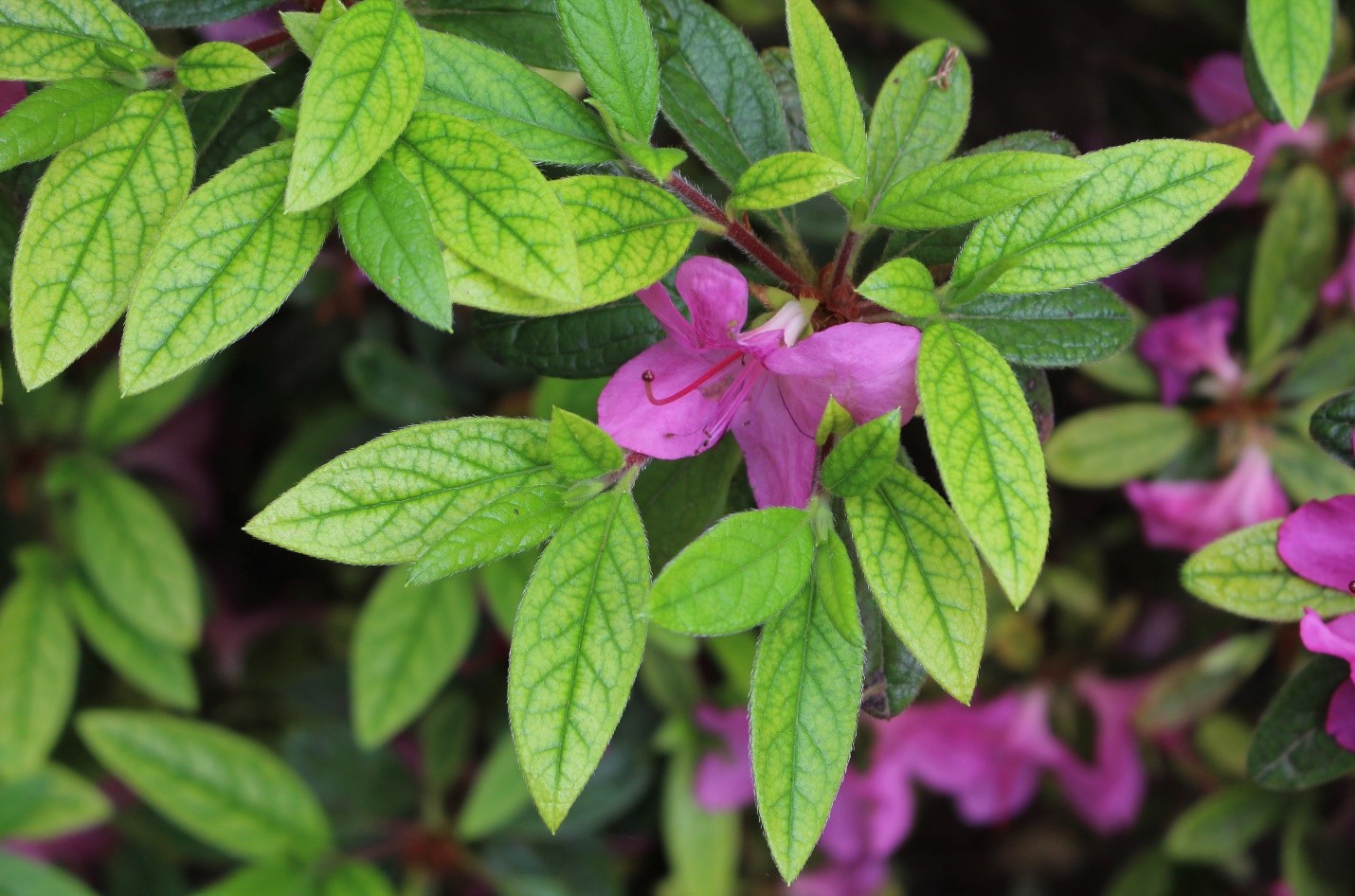
Azalea Nutrients Deficiency
Host: Azalea
Problem: Nutrients deficiency, especially iron deficiency
Diagnostic Features:
Chlorosis or yellowing of leaves, with all leaves showing a uniform pattern of yellowing
Image credit: Alan Windham, Professor Emeritus, University of Tennessee
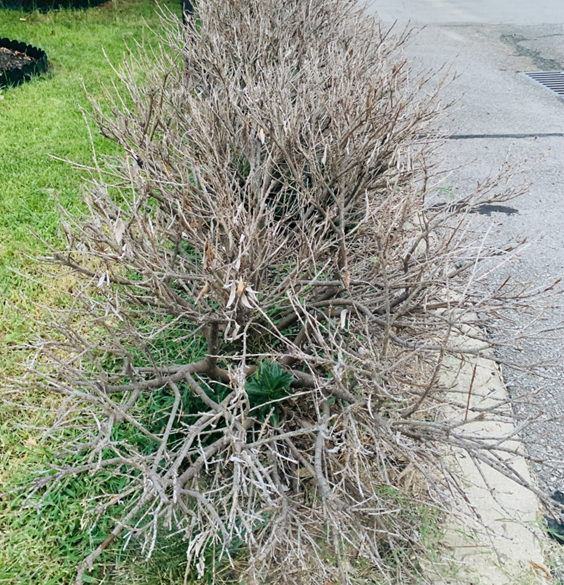
Laurel Frost Damage
Host: Laurel
Problem: Frost damage
Diagnostic Features:
High percentage of damage occurring all at once
Image credit: Nar Ranabhat, Assistant Professor, University of Tennessee
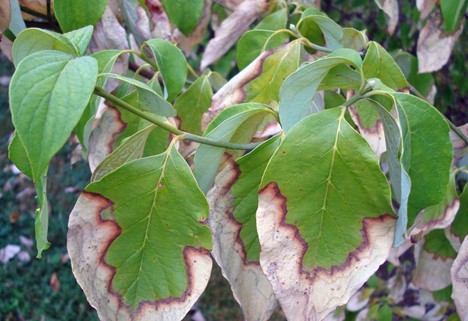
Dogwood Leaf scorch
Host: Dogwood
Problem: Leaf scorch due to drought stress
Diagnostic Features:
Uniform pattern of leaf scorch on the leaves
Image credit: Alan Windham, Professor Emeritus, University of Tennessee

Host: Cuphea
Problem: Abiotic (physiological) disorder
Diagnostic Features:
It is a physiological disorder characterized by abnormal cellular growths appear as small blisters on the upper leaf surface. These are swollen leaf cells that result in an abnormal appearance. This disorder may be caused by several factors, including insufficient sunlight due to prolong cloudy weather, the use of shade cloth in greenhouse, or excess water application combined with high humidity. This issue has been reported only in indoor plantings.
Image credit: Nar Ranabhat, Assistant Professor, University of Tennessee